

Public polling is showing that Harris would get a big boost in voter support if she and Biden went for a weapons embargo.
Netanyahu wants Trump as President. If the Biden Administration keeps giving Israel a Carte Blanche as they step it their crimes against humanity, which most democratic voters see as a failure of the Biden Administration, that continued support is much more likely to be a spoiler for Harris.
The best course of action would have been to pivot many months ago, the next best is to pivot now.









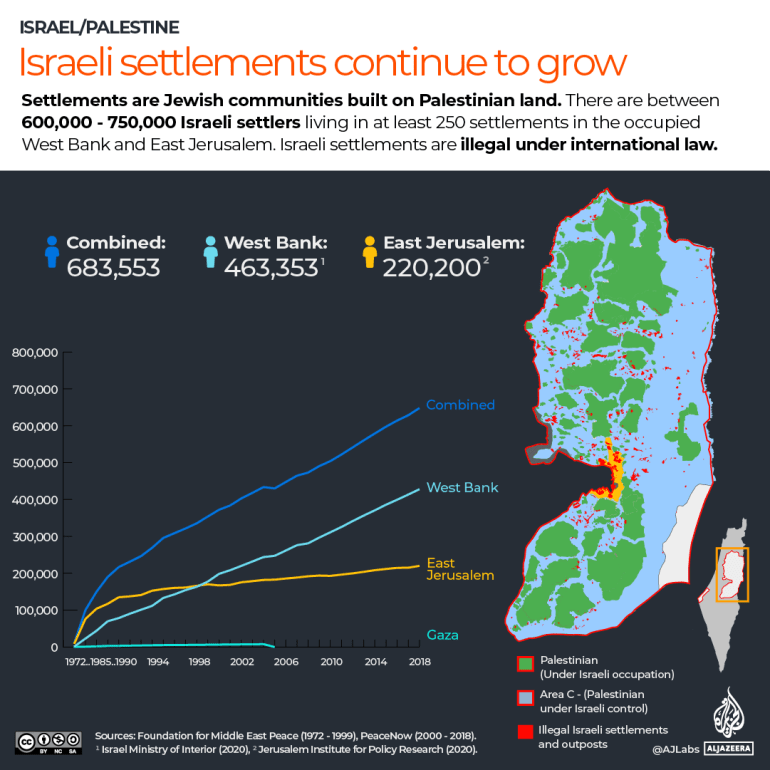




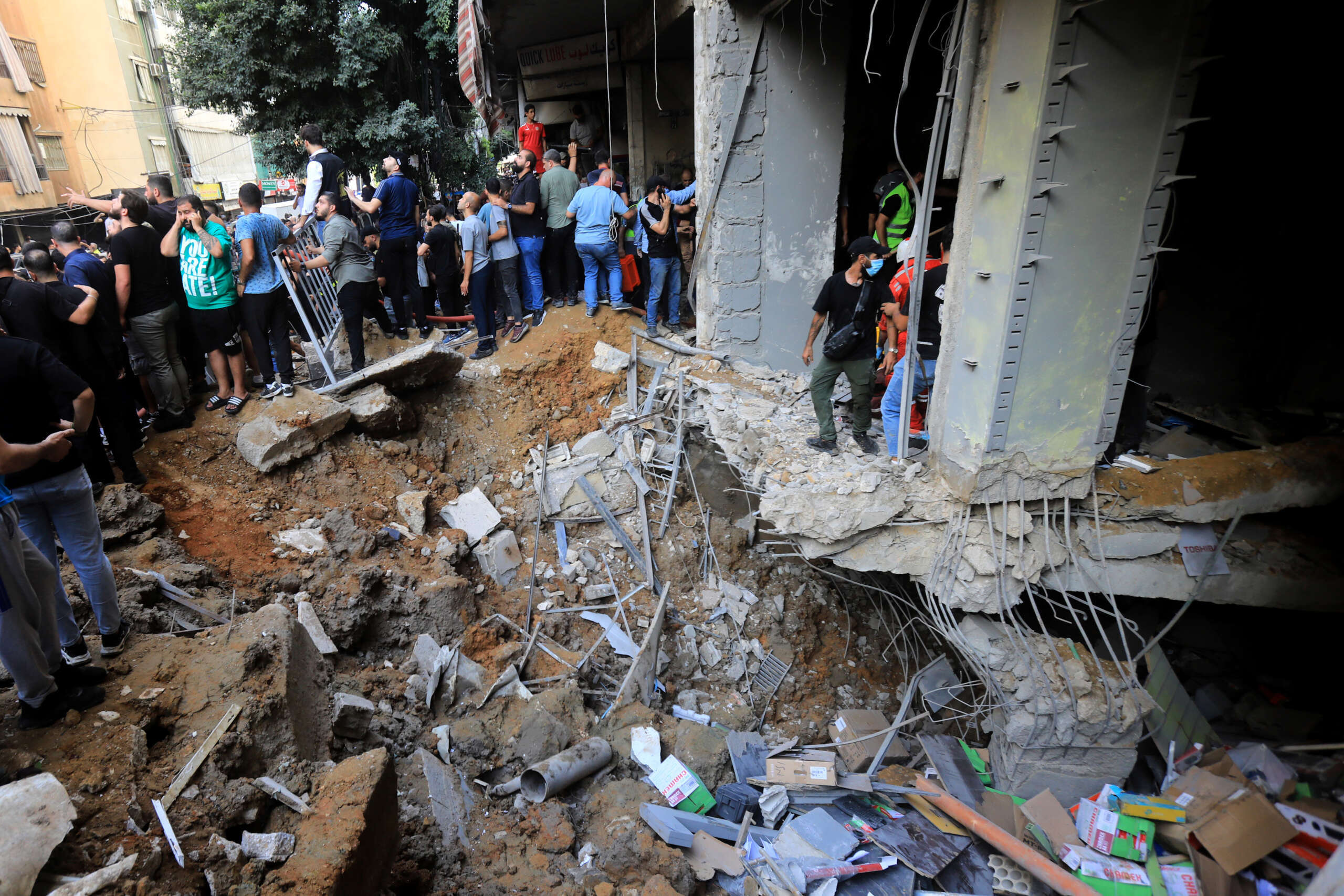




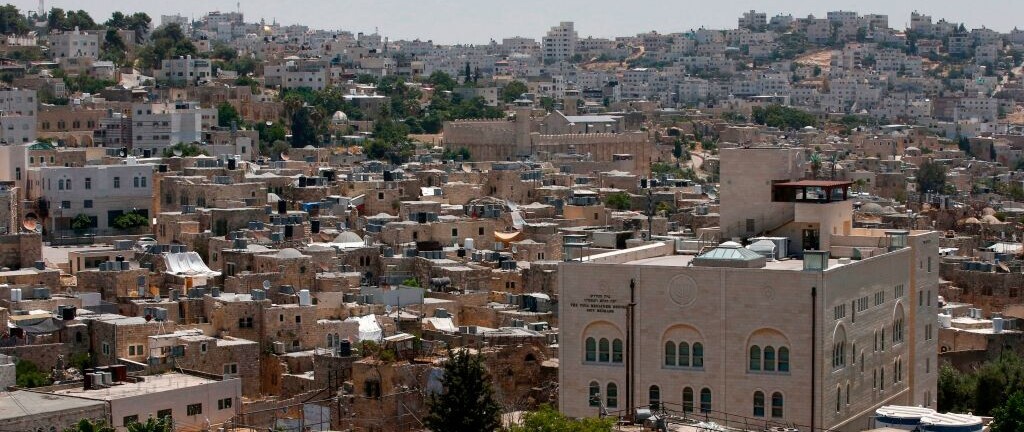
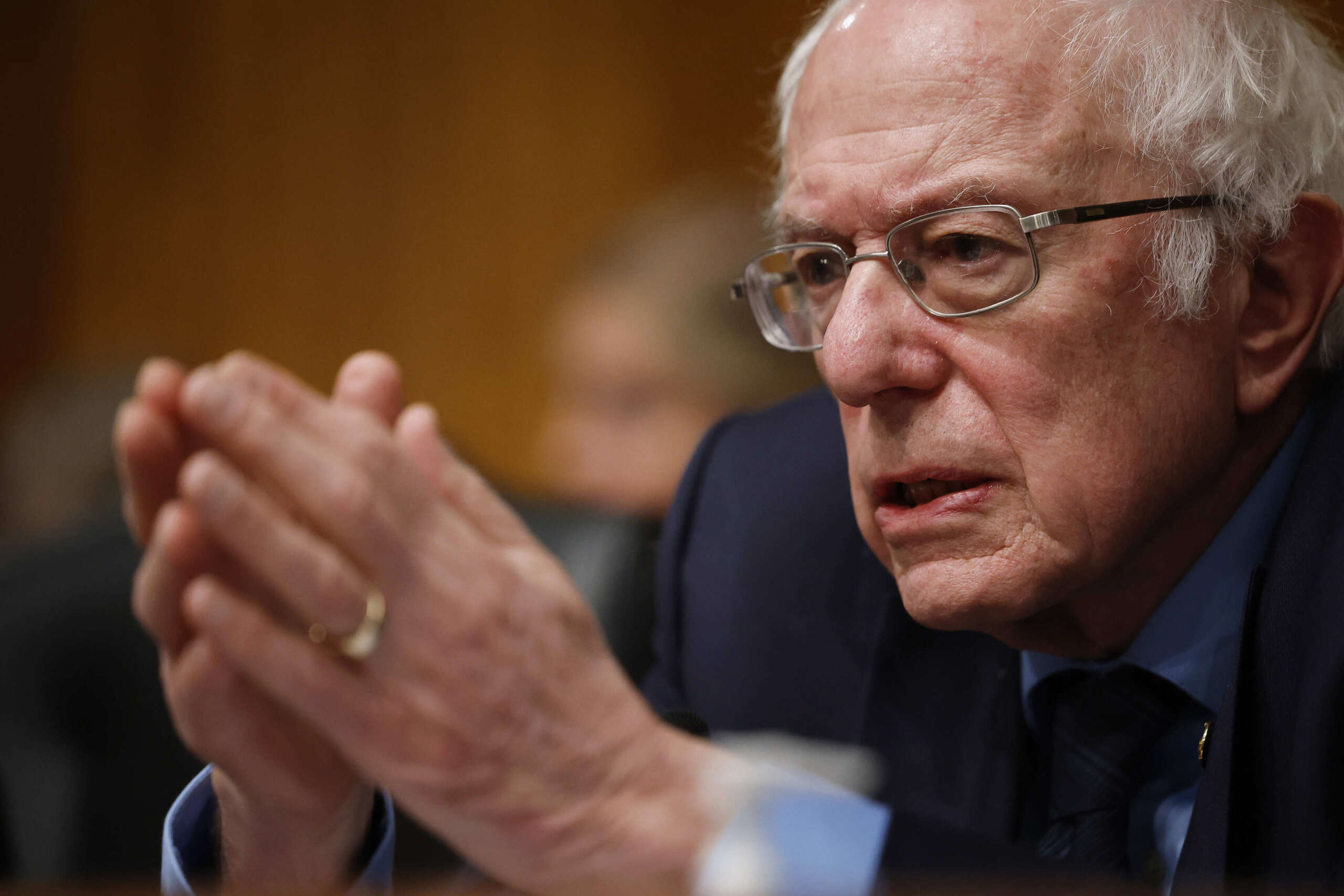
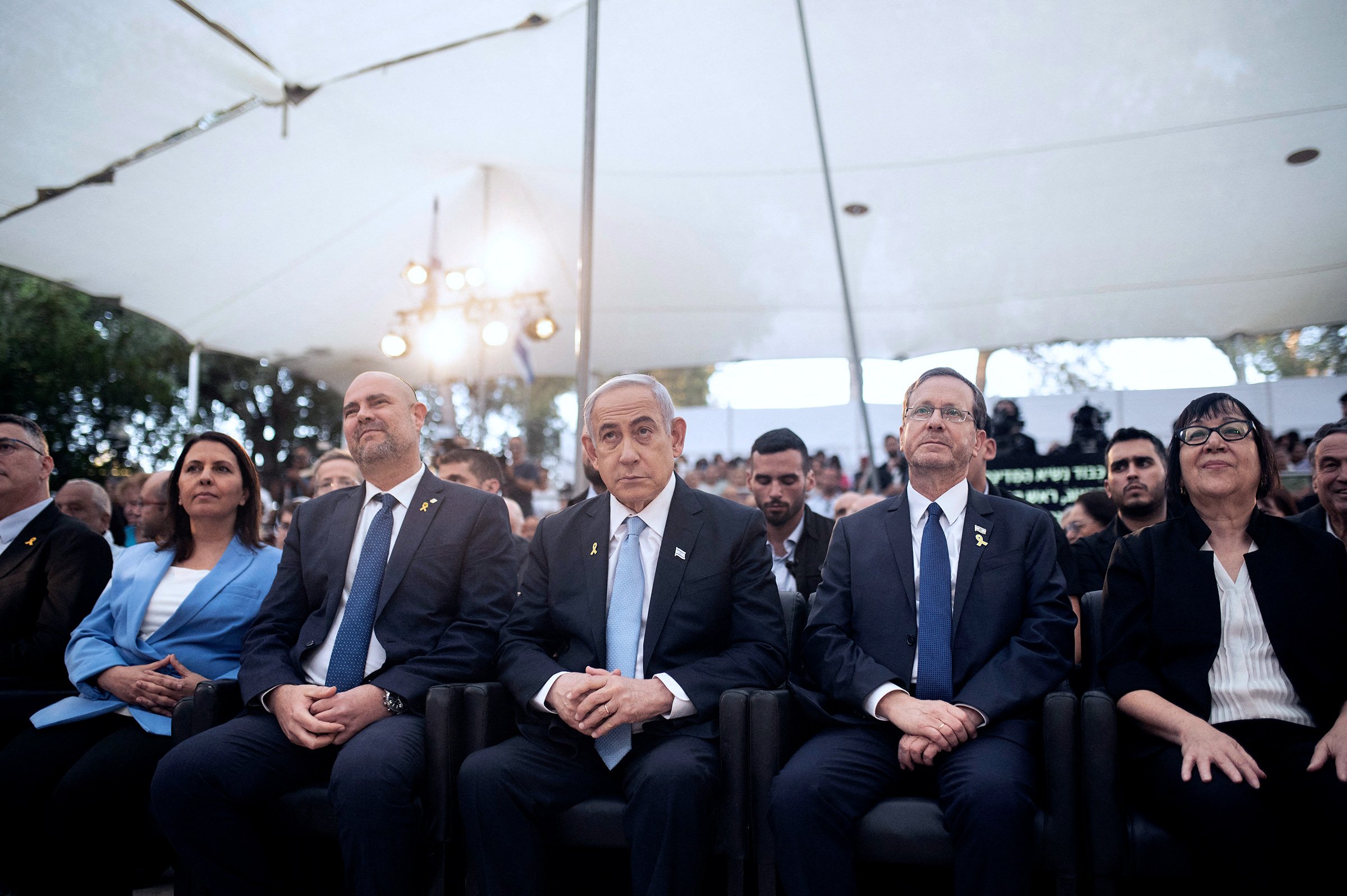
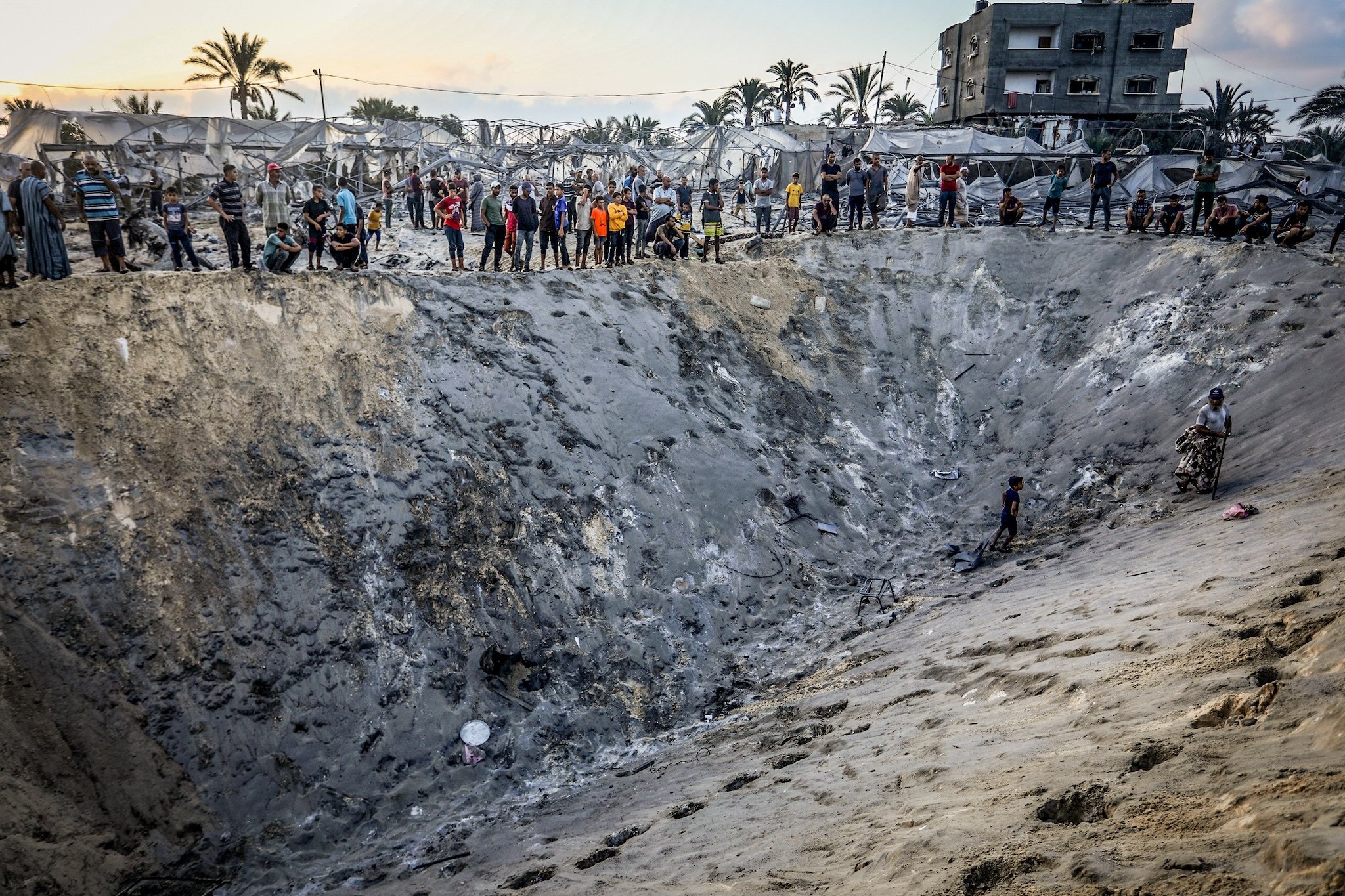
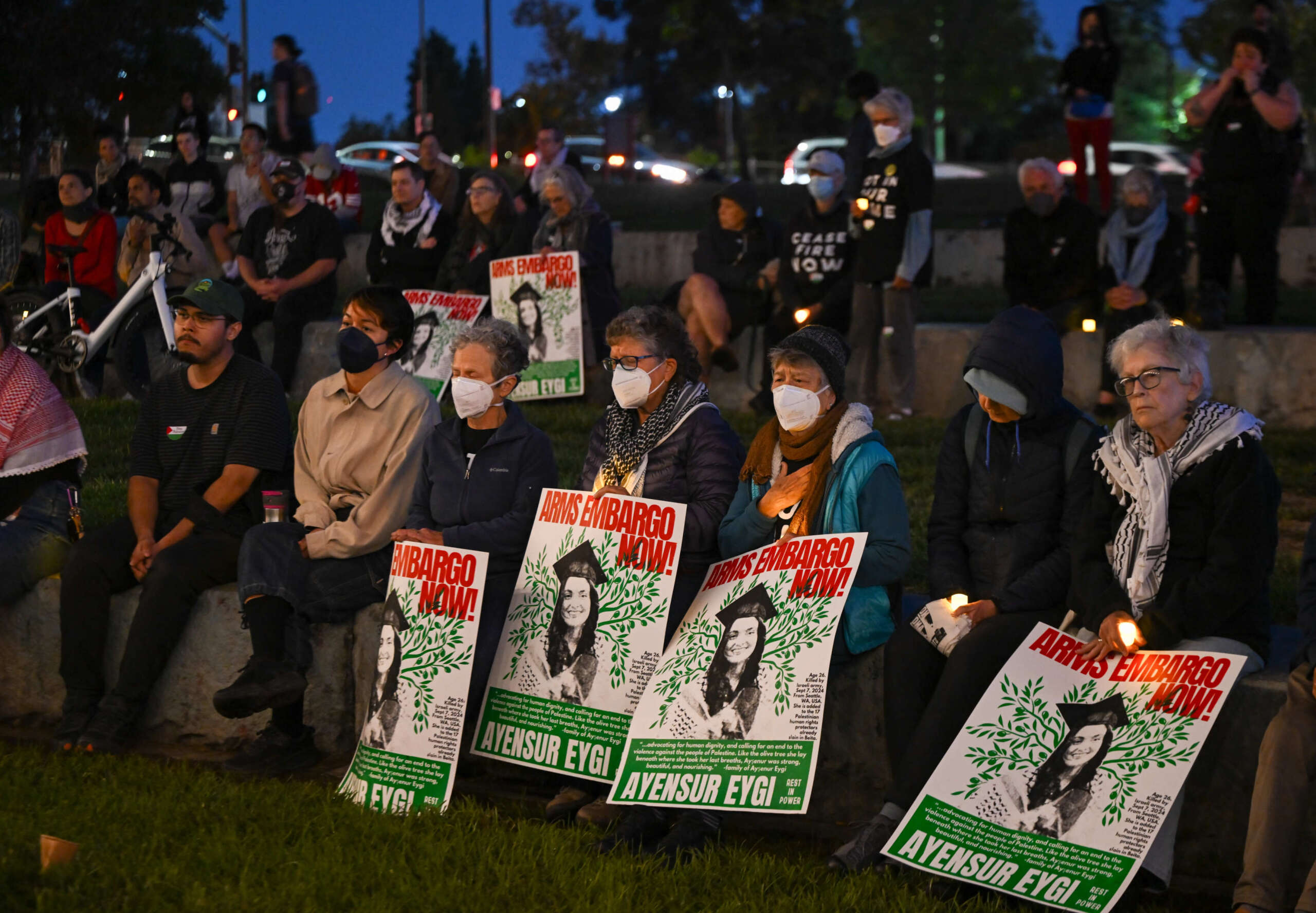

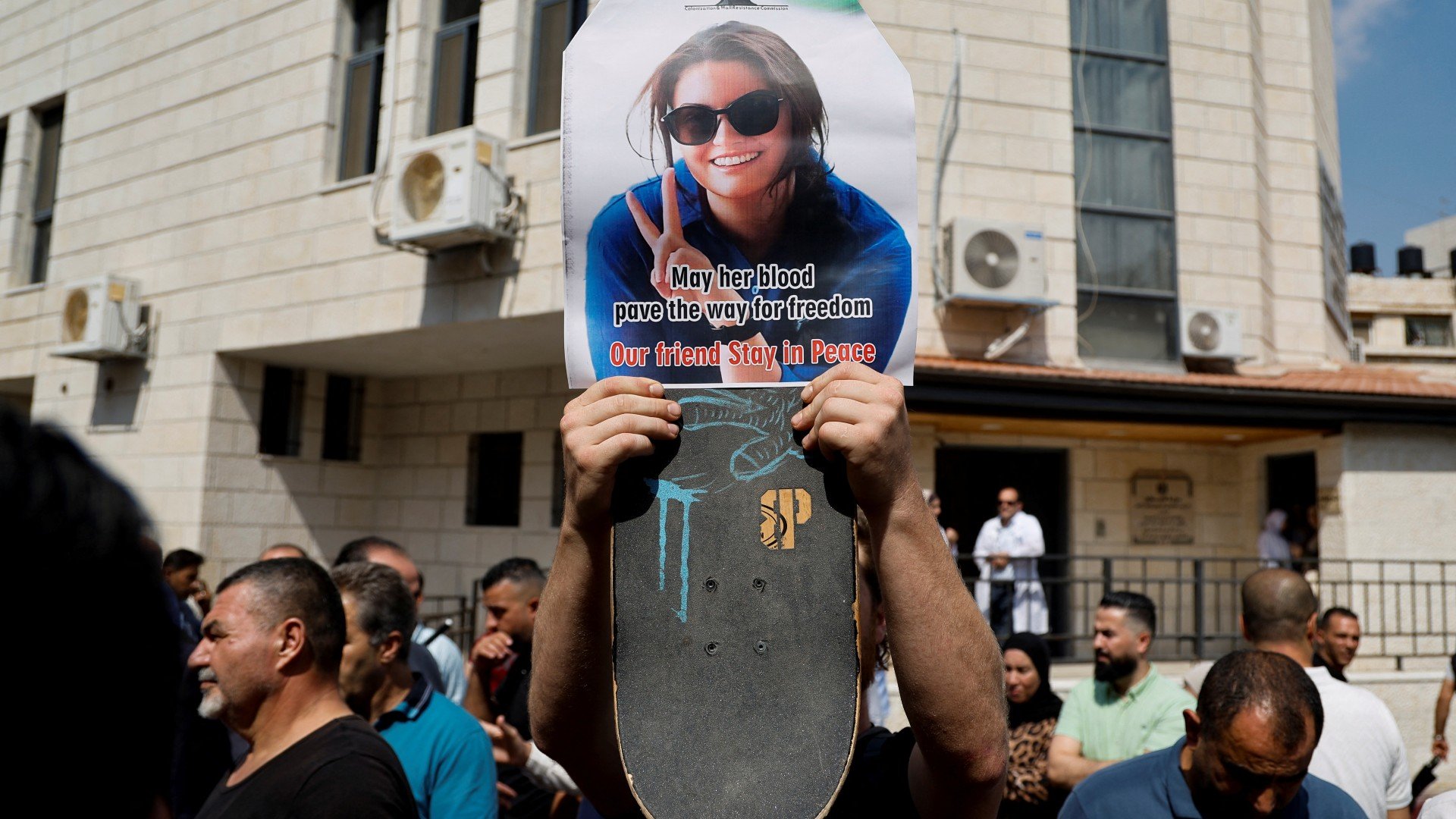
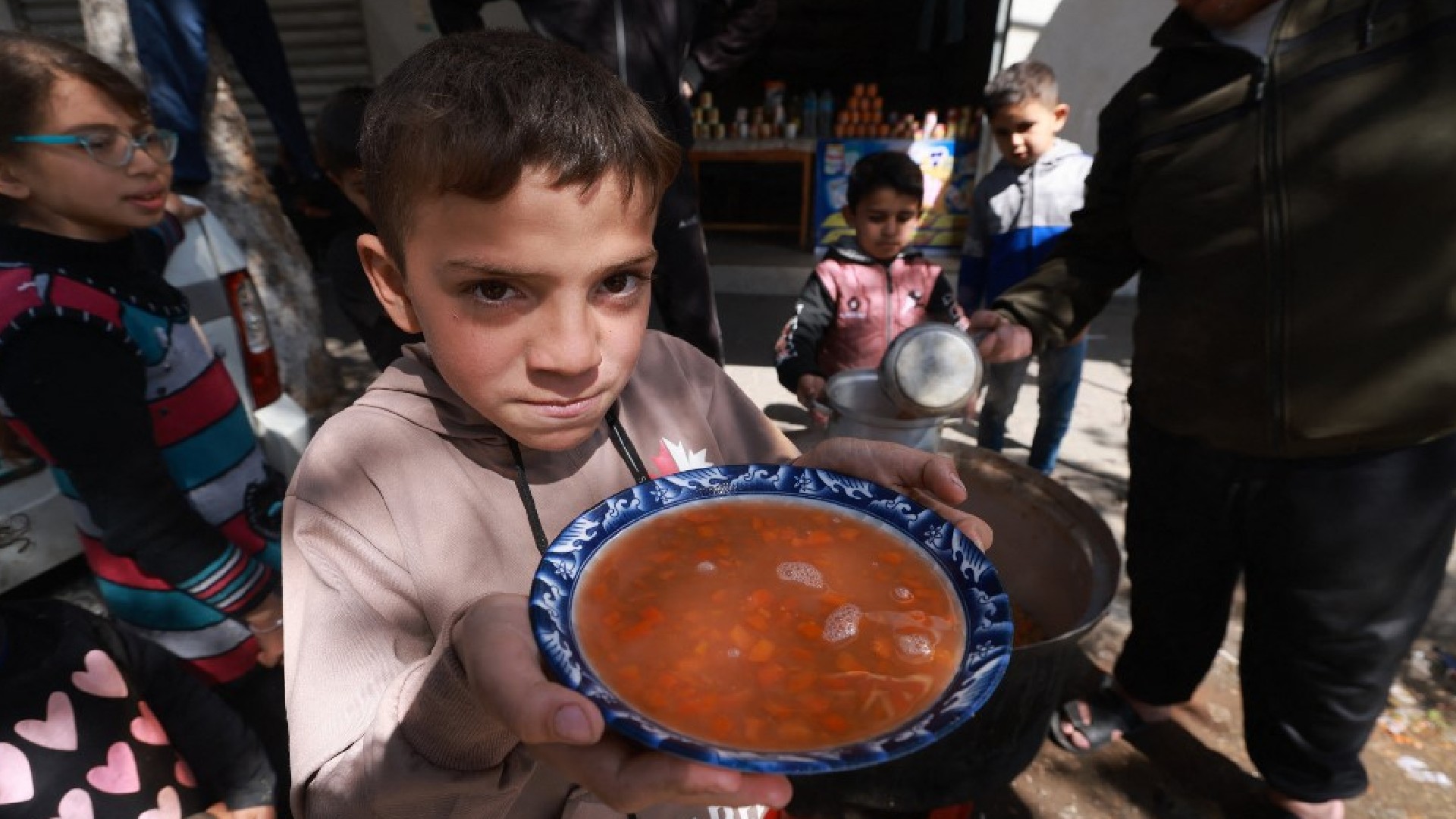


Polls:
New Poll Suggests Gaza Ceasefire and Arms Embargo Would Help Dems with Swing State Voters (Full YouGov Report)
American Attitudes: Shifting Realities After the Unfolding Genocide in Gaza
Data For Progress Poll